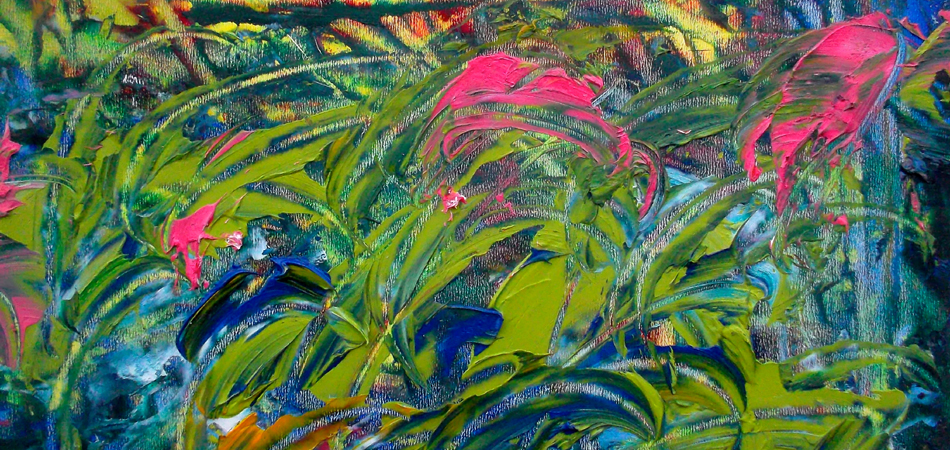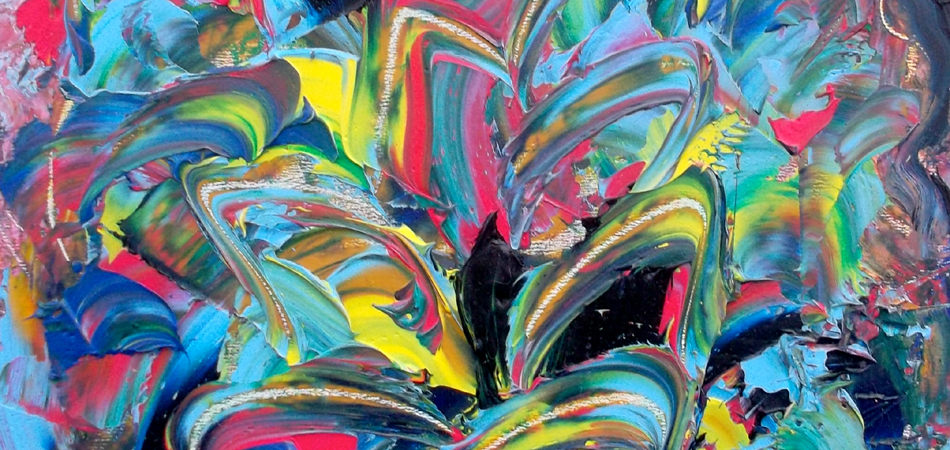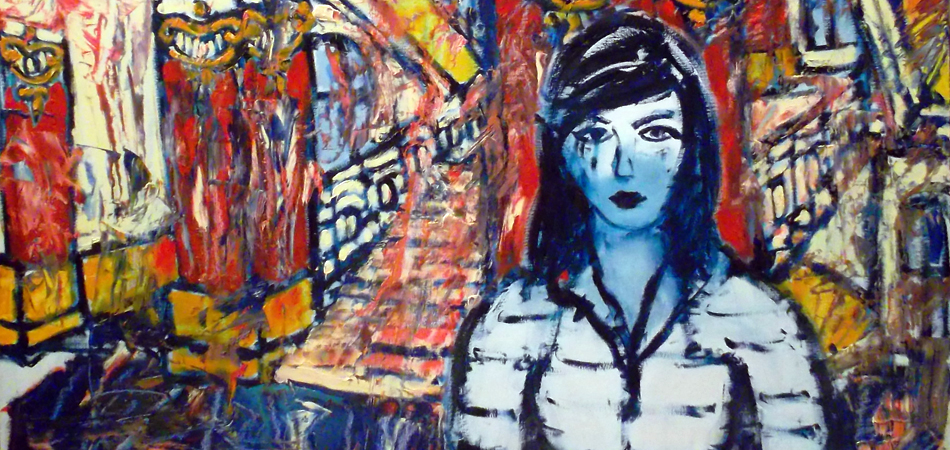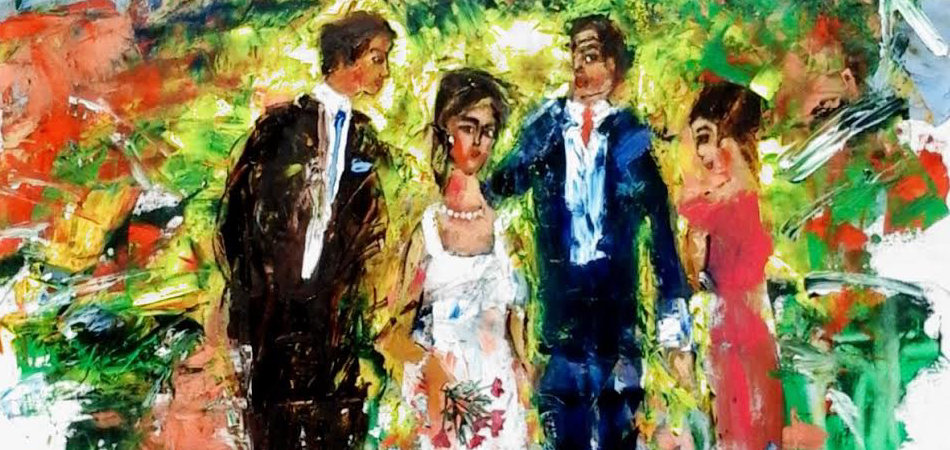Camelia de Montety
"Camelia de Montety is part of the new generation of French artists who are creating their own wave of contemporary art. Her paintings consciously comment on life, offering meditations on the landscapes, atmospheres and communities of peoples who may be far apart in cultural and aesthetic terms but who on another level are living the same lives, impermanent and yet imperishable.
Thus historical and religious themes and motifs are always present is her work, as the most complex creations of mankind. These are mixed with local and typical, sometimes folkloric features. Her visual vocabulary is unique, combining complex perspectives and bold, exciting colours. These are used to reveal the reality that inspires her, wherever that point happens to be on the canvas. Flowing curved shapes, intricate patterns, luminous reasoning offset by dire doubts, these are the pathways she presents us with, always leading to the heart of the human condition. In her paintings, the artist blends her religious and philosophical beliefs.
The artist, according to Camelia, 'discovers new worlds'. These words are in perfect accordance with her work. While looking at her paintings, we behold an artist who embraces a sacred mission.
For some years, Camelia de Montety has also been painting religious scenes convinced that each time she would create a new world where events have a presence that weighs on viewers with the solidity of history. Following this approach, she started being interested in icons, understood as the actual presence of an original and timeless reality seen by the ancients, by those early Christians for whom the memory of Christ had the living quality of a vision, a wonderful dream.
Camelia de Montety became acquainted with icon techniques through the method developed by the French artist of Russian origin Galia Bitty, whom she met at the Orthodox Centre of Monestier, in Dordogne. When she paints faces from sacred history, Camelia de Montety concentrates her attention on the gaze into which life must be infused, be it with the intensity of the Christ Pantocrator or the sweetness of the Virgin. In her figurative paintings and even - to some extent - in her abstract work, so a fortiori in her icons, there is always a point which gazes back at the viewer, returning his own gaze."
Fine Arts Toronto Gallery
(www.fineartstoronto.com)



